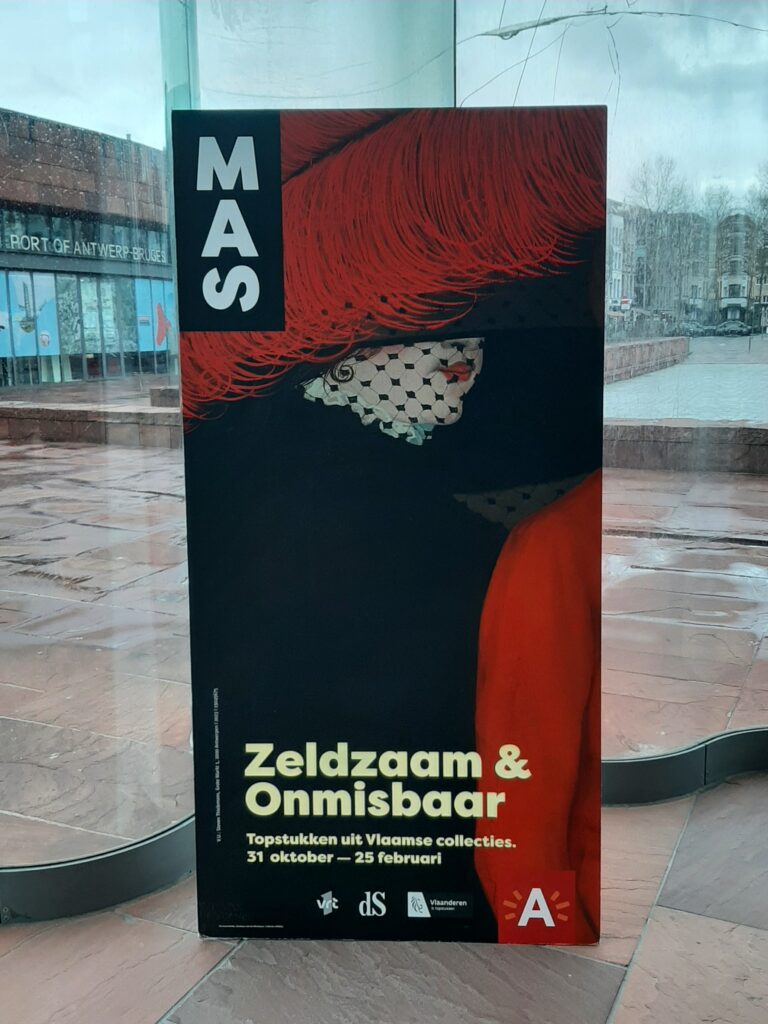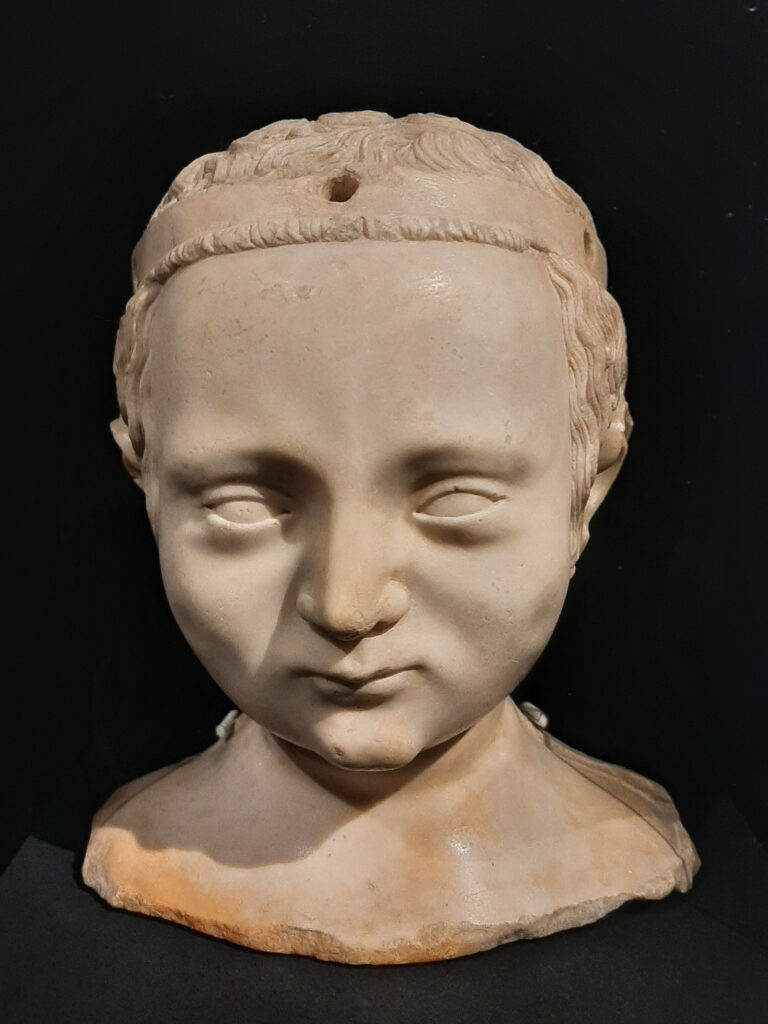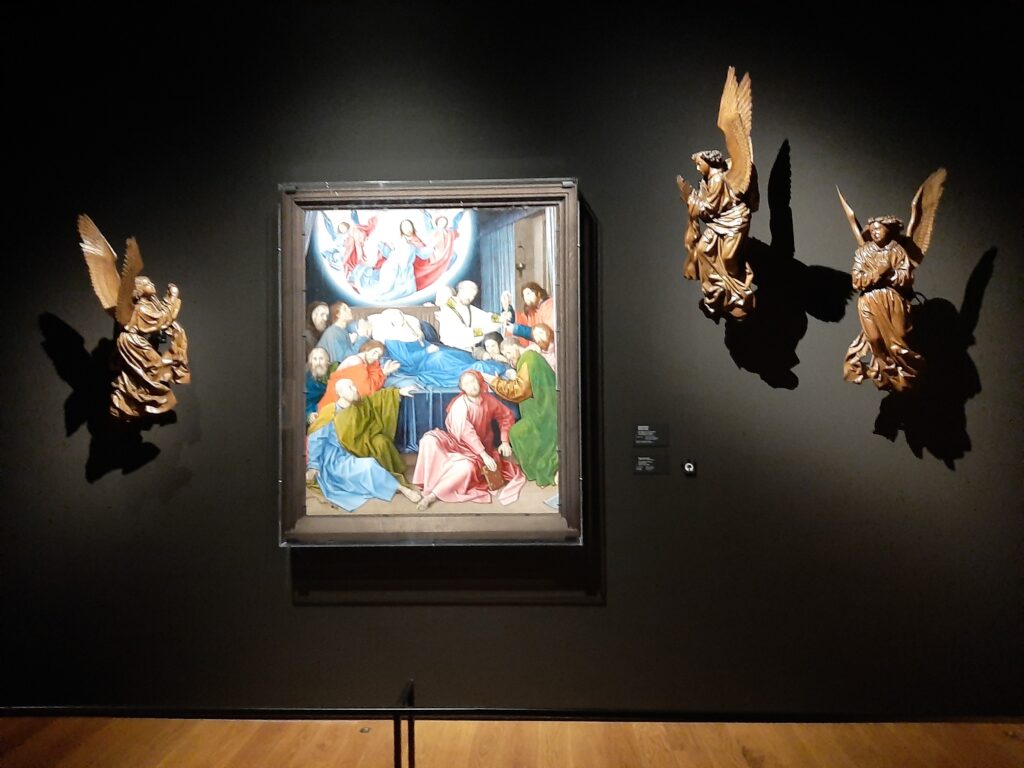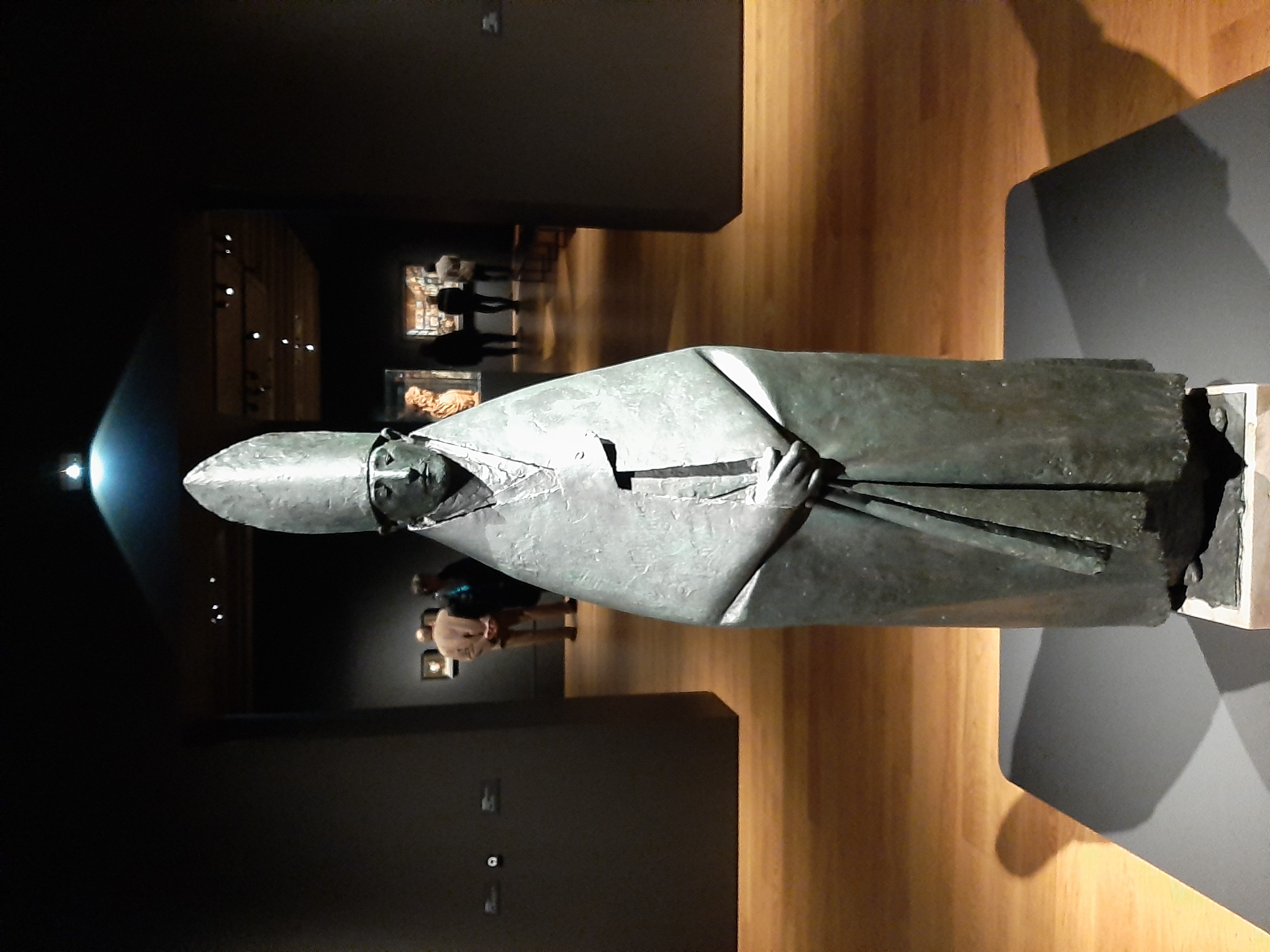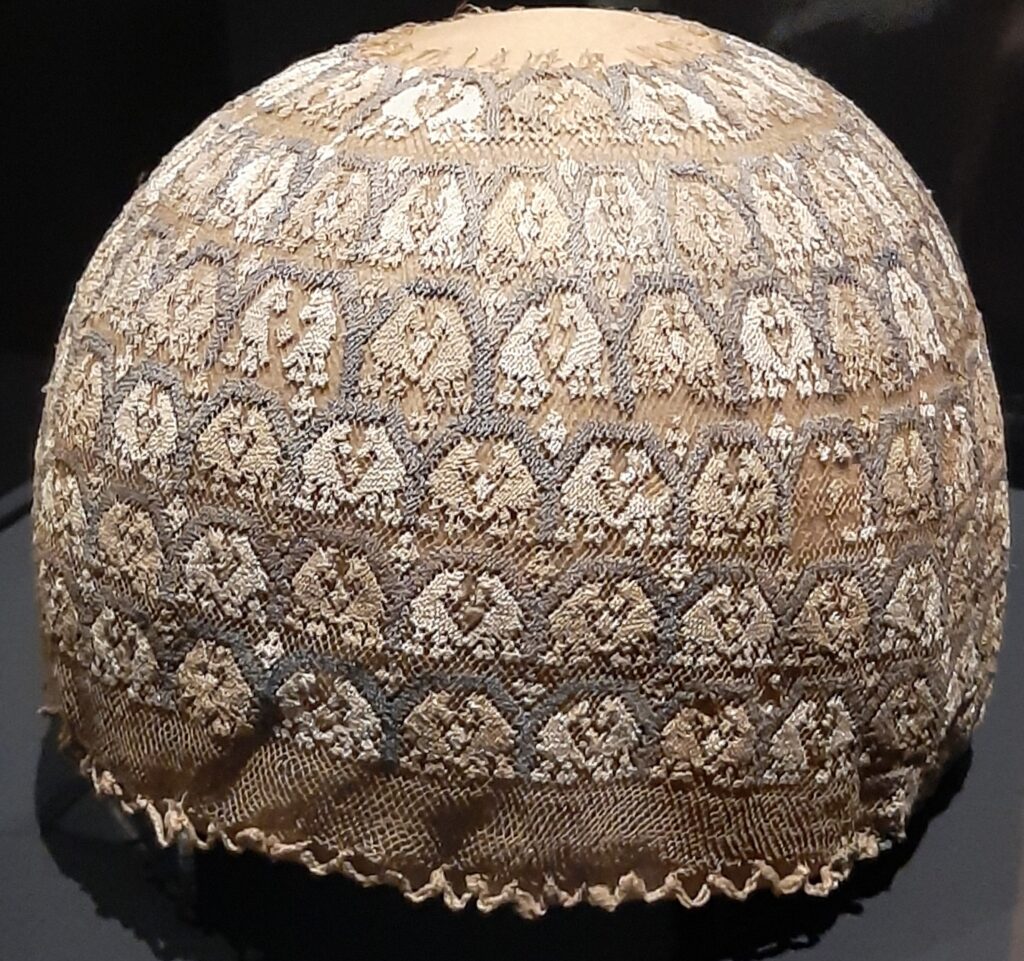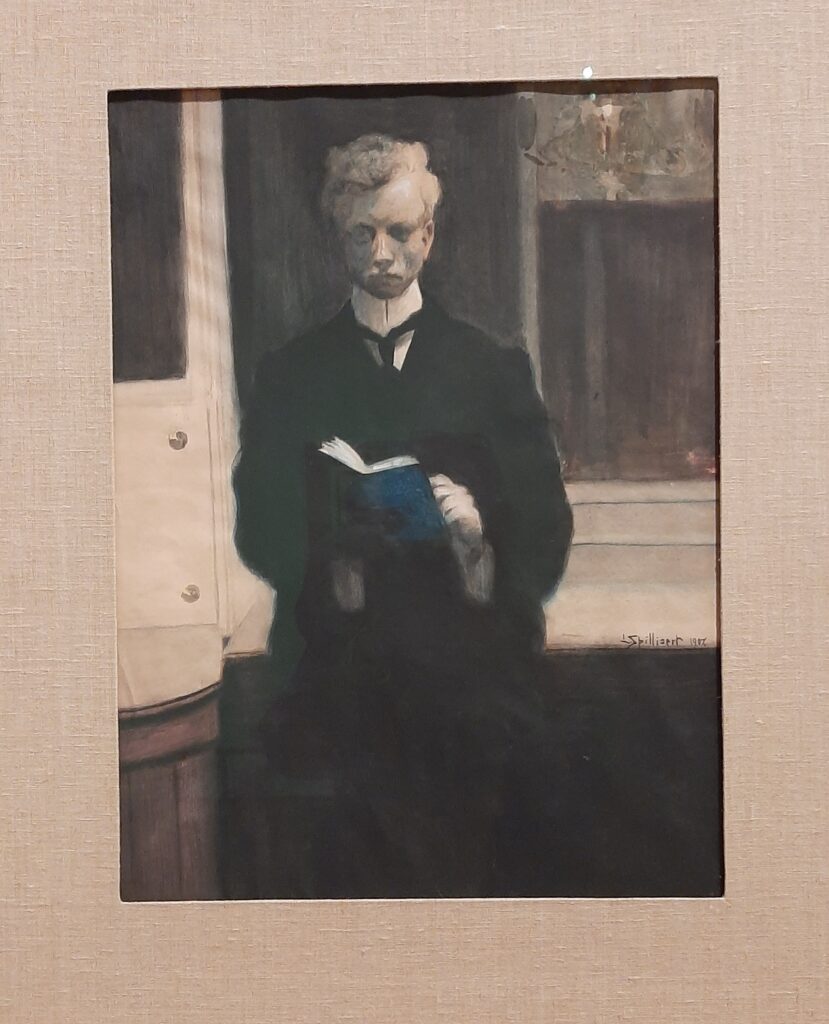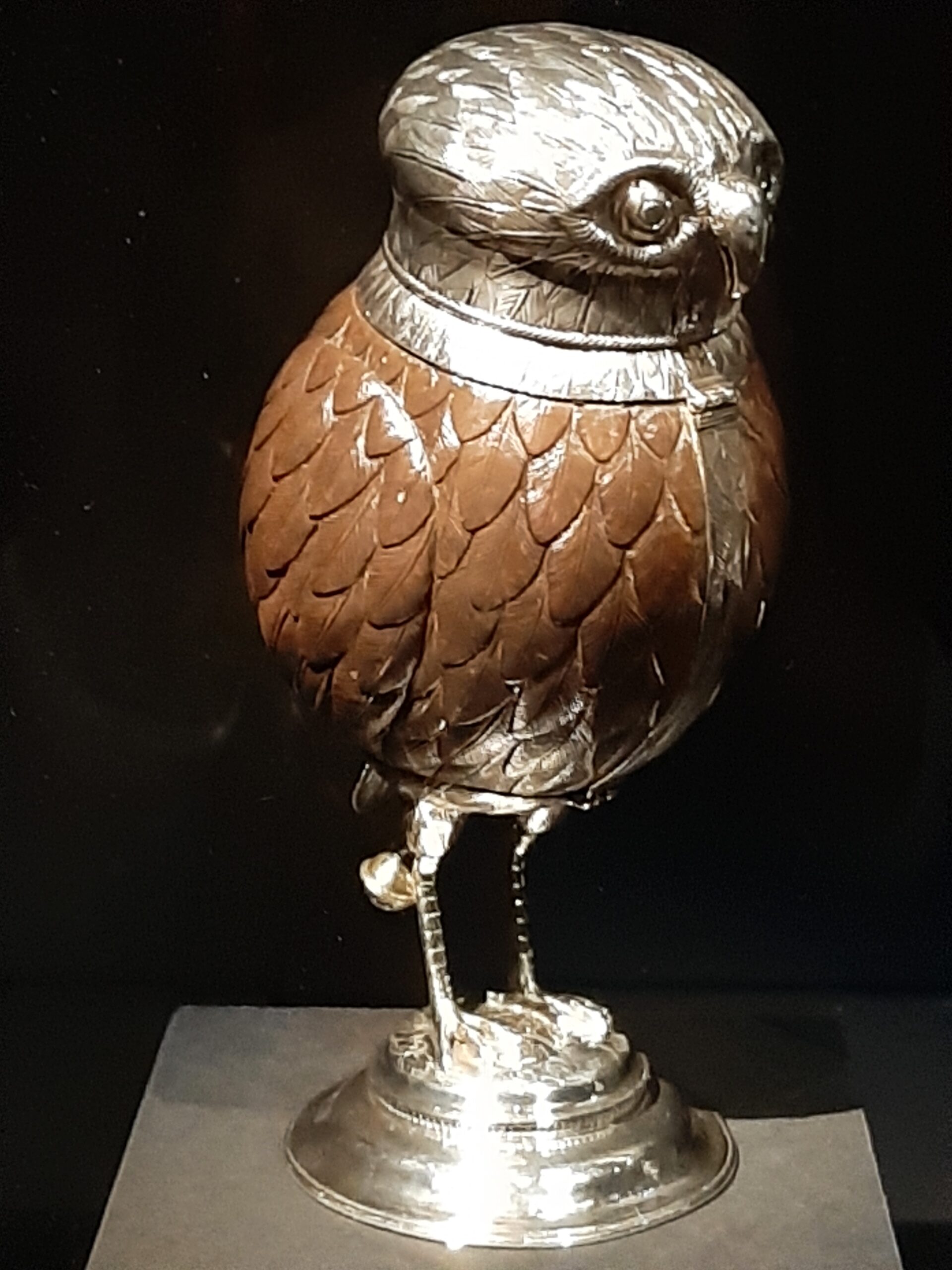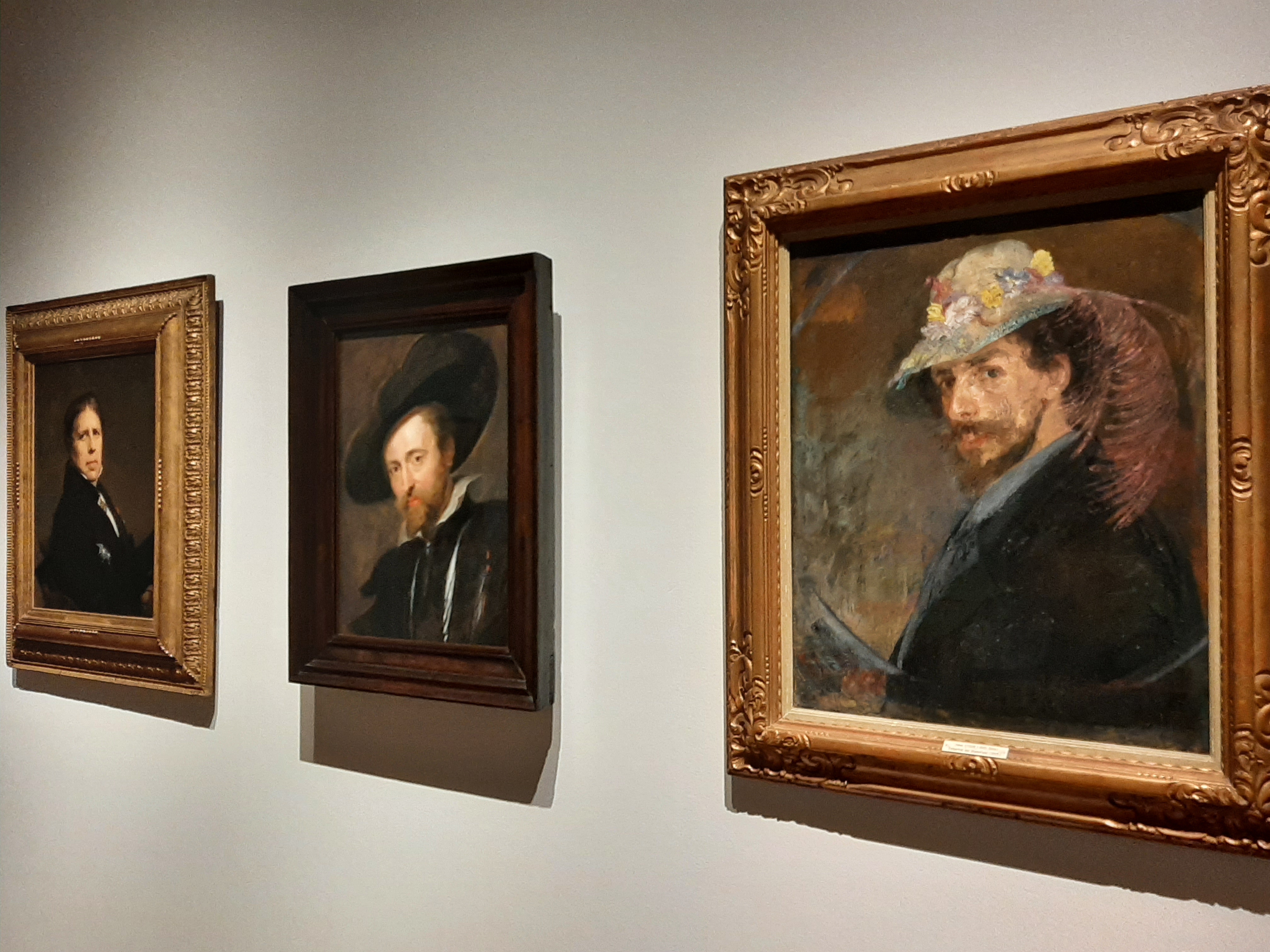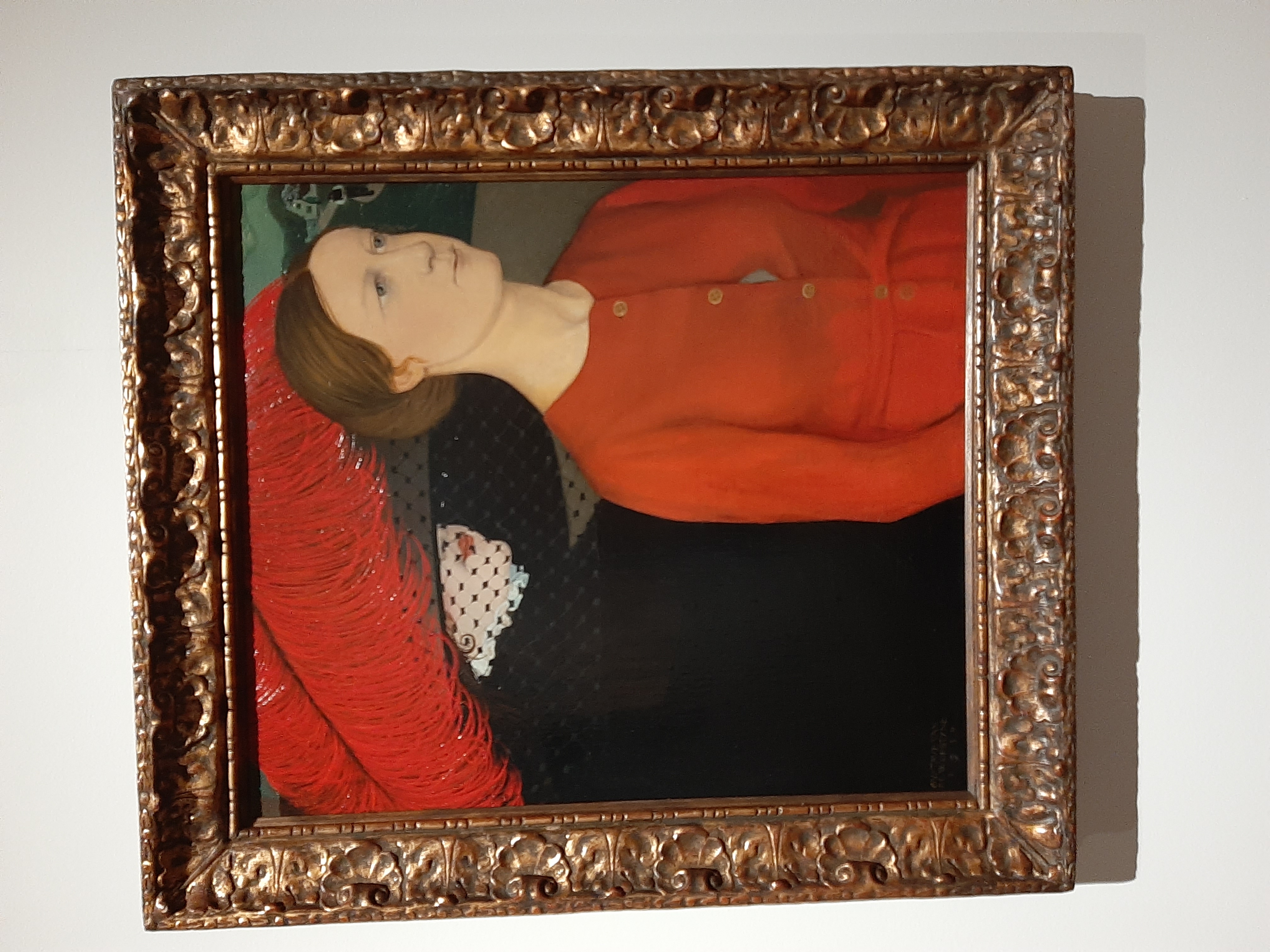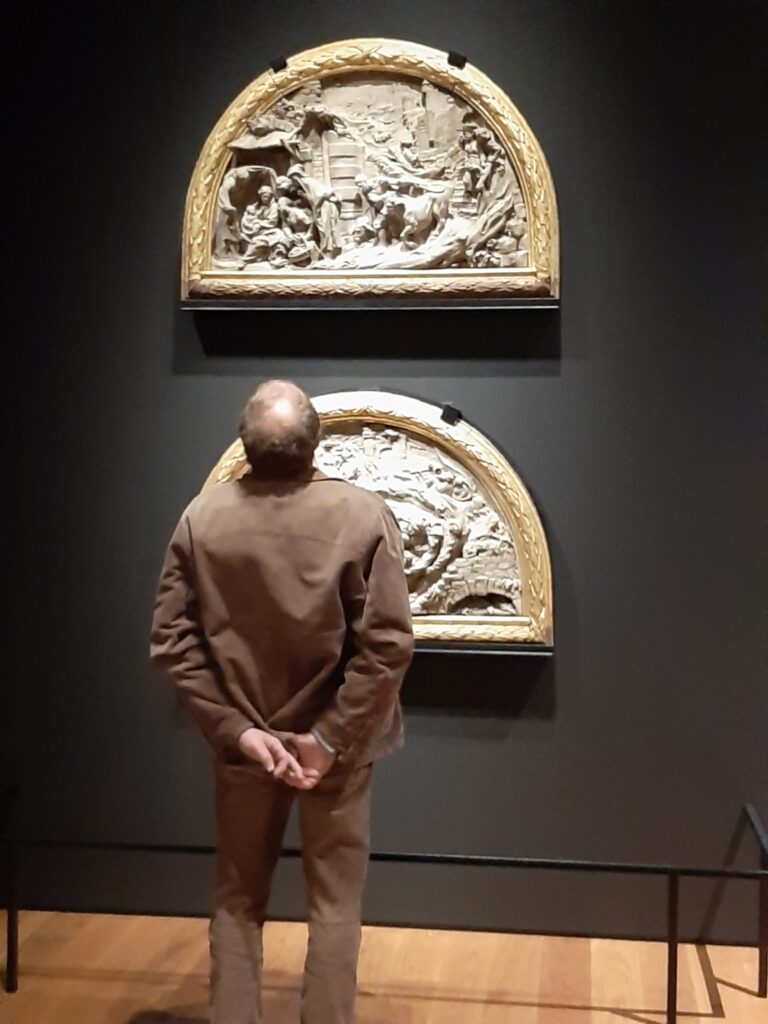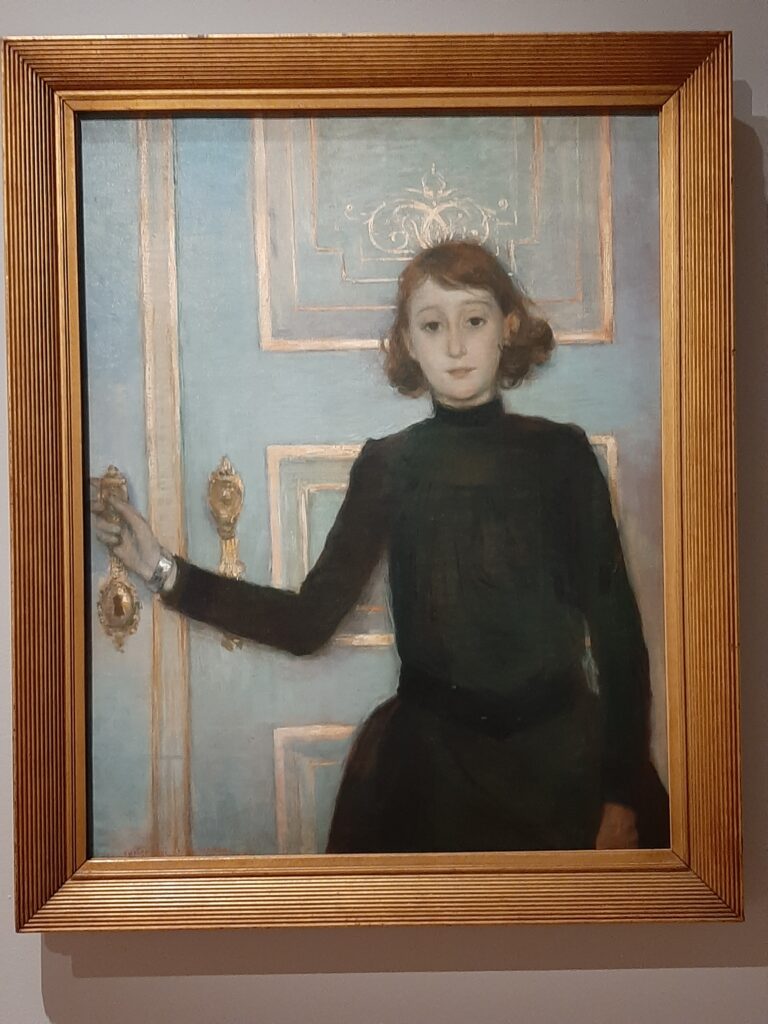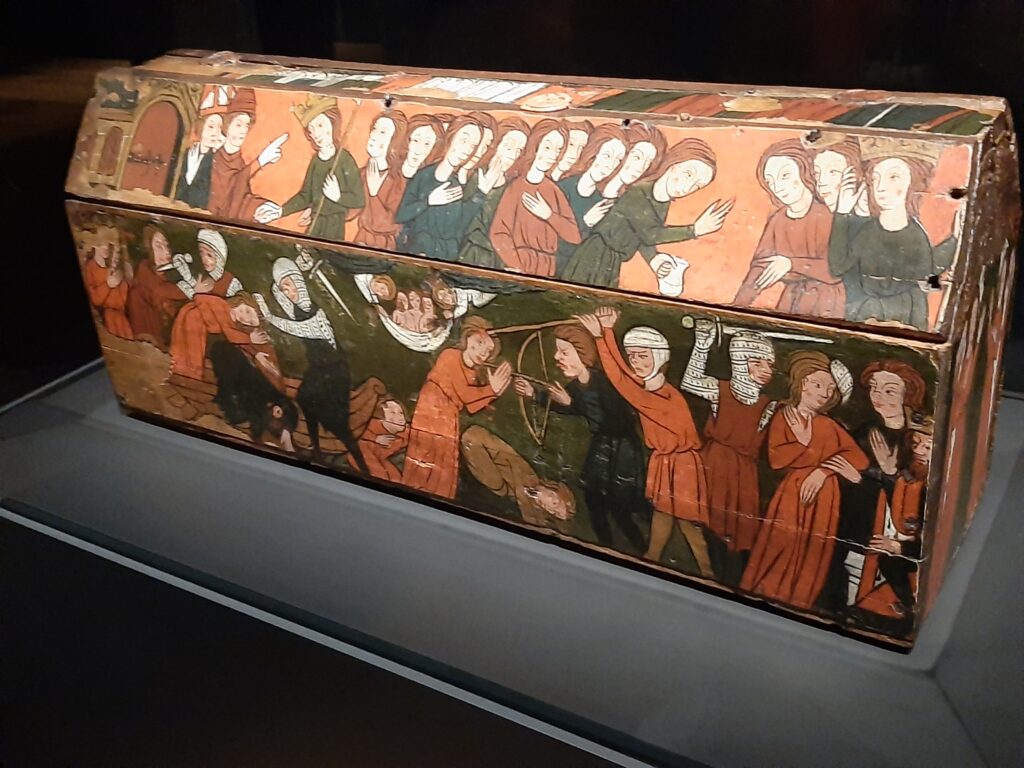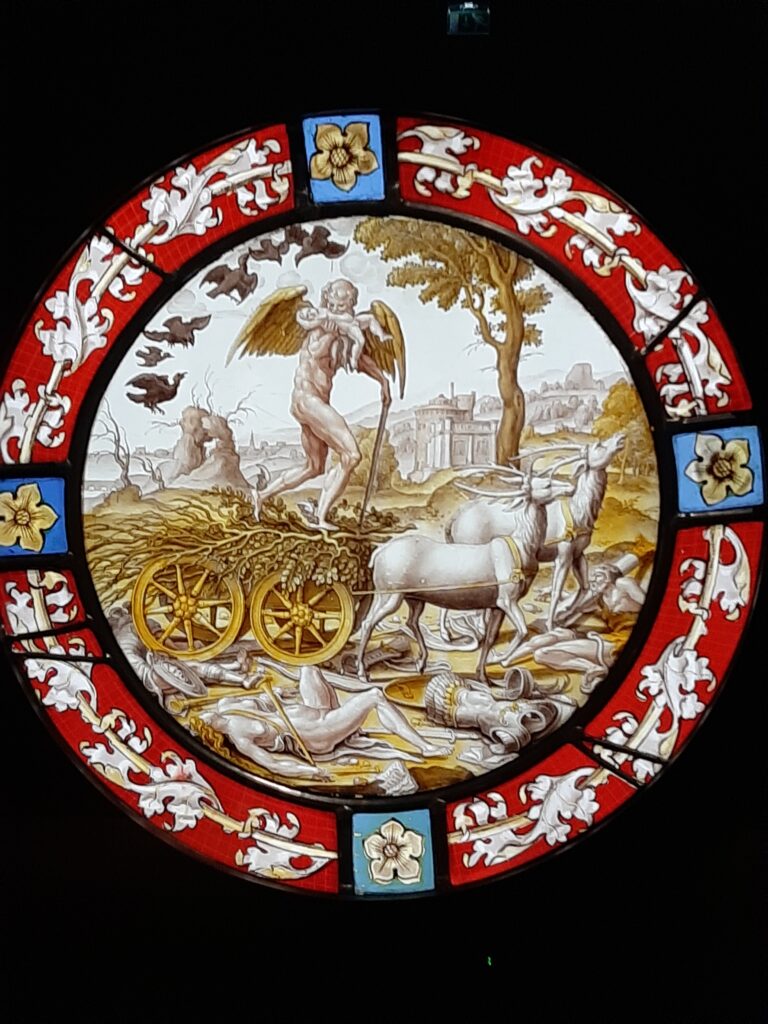What unites all the artworks of the outstanding ‘Rare and Indispensable’ exhibition at the MAS Museum in Antwerp? These 100 art objects are included in the 2003 List of the Best Works of Flanders. This designation ensures that the masterpieces meeting the criteria of being ‘rare and indispensable’ are not allowed to simply leave Flanders and are maximally protected and preserved. Around 35 large and small museums, as well as churches, libraries, and private collectors, have temporarily contributed masterpieces from their collections. And the term ‘masterpiece’ in this context is no exaggeration.
The exhibition boasts a high level of professionalism from the curators – room by room, the audience discovers the history of culture and art in Flanders and Europe. The contextualization and juxtaposition of artifacts are executed flawlessly. Historical events and parallels allow us to organize everything seen at the exhibition in our intellectual archive.
My highlights:
- A 15th-century hairnet – a touching and simultaneously pure example of antique Flemish lace.
- Triptych of self-portraits by Peter Paul Rubens and its parody by James Ensor, with the third being Jean-Auguste-Dominique Ingres, whose ‘Odalisque’ captivated us with its beauty at the Louvre three years ago.
- Self-portrait of Léon Spilliaert – an artist who, having found family happiness, lost popularity and the fame of an ‘artist.’
- Silver chalice-goblet ‘Owl,’ with the head of the predatory bird (made of a coconut shell) opening to drink wine or beer, adorned with engraved feathers – a symbol of Flanders.
- Elegant sculptural pair of Adam and Eve. The first man embraces the woman created from his rib in a way that leaves the question of who seduced whom a mystery.
- The sculpture ‘Cardinal’ by an Italian author and the tooth-gnashing Cardinal Francis Bacon, inspired by Diego Velázquez’s portrait of Pope Innocent X. A meaningful trio of a strong lineup.
- From a more modern perspective, Ghent artist of the first half of the 20th century, Gustave Van de Woestyne, presents ‘Two Springs’ depicting a grand dame in a hat and an ordinary woman.”
